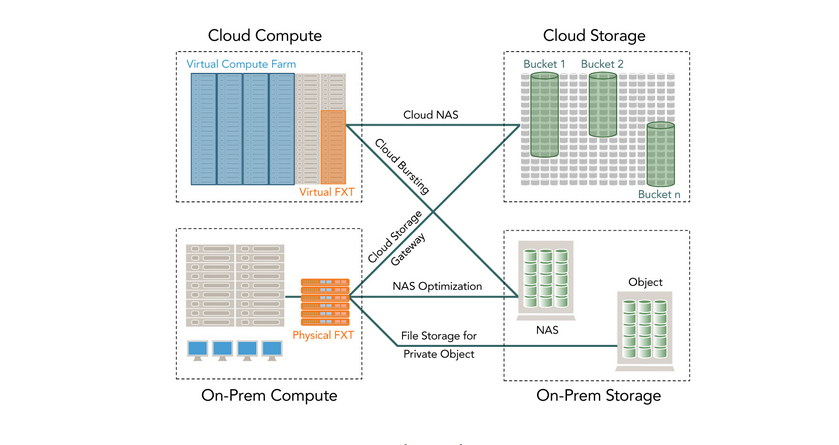M+E Connections

Storage Industry Execs: Challenges Abound in Moving Enterprises to Object Storage
Story Highlights
There are several advantages to moving enterprise organizations to object storage systems, but challenges abound in accomplishing that, according to executives at Avere Systems and Storage Switzerland.
Today, object storage in the enterprise sector is “mostly on premises, and they’re mostly all” done via Network Attached Storage (NAS), Jeff Tabor, senior director of product management and marketing at Avere Systems, said during a Nov. 3 webinar. But “everybody is interested in moving to the cloud,” he said, pointing out that Avere helps companies do that.
Object storage is a method of accessing data in which data is assigned a unique identification and is accessed by using that ID. The ID is also used to confirm protection level, confirm data integrity and eliminate unnecessary copies.
Object storage tends to involve extremely high file counts, often in the billions and “more than a few” environments dealing with trillions of objects, George Crump, president and founder of Storage Switzerland, said. Object storage systems are also designed to be inexpensive, “hold data for a long term” and be easy to manage, he said.
In media and entertainment environments, cameras can “automatically generate metadata for us,” such as provide geo-locations and the serial number of the camera, and that information can then be used to search for specific activities, Crump said.
Object storage is a good fit for the enterprise sector because companies are “just being flooded with unstructured data,” he said. That data includes user data, as well as Internet of Things and sensor data, and also machine data, he said, adding that object storage can make an “ideal primary store for some of this data.”
“What we think is a key advantage of object storage is it can support many different use cases,” he said, noting it can be used for long-term preservation, to store older user data, or as a place to send backup data. He called it a “good multi-purpose tool.”
But “getting data to the object store is really one of the first big challenges,” he went on to say. “If we look at where most of the object storage adoption has been it’s been in this sort of green field opportunity of the cloud, where the data center is essentially new or mostly new,” he explained. With the enterprise sector, however, we tend to “have a well-established environment with data already in place with multiple NAS servers probably already being run — so all of that really becomes kind of a big challenge,” he said.
For an enterprise to move its data to object storage, it must select a new device, and then, speaking from the position of a company doing it, “somehow integrate that device into my existing infrastructure so I can use it, and then somehow I’ve got to move data to that device,” he said.
Accessing data on object storage via legacy and native protocols is another challenge, he said. But “I think the biggest challenge nowadays is there’s just so much data, I don’t even know if there’s just enough time in the day to categorize it and move it,” he said.
An additional obstacle is that the initial object storage systems required are too large for the initial needs of enterprise users, he said.
“Rewriting applications for an object API is really harder than you think,” Tabor said, adding: “You really have to get into the deep bowels of the application for rewriting, and it’s not a simple rewrite these people are looking at.” Avere offers enterprise customers a hybrid cloud NAS storage system to make the process of shifting to object storage easier, he pointed out.
Three things need to happen to make object storage a perfect fit for the enterprise, Crump said. For one thing, IT professionals and vendors “need to think more holistically,” he said, giving as an example the fact that vendors must understand there will be multiple vendors used by enterprise customers. What also needs to happen is that the NAS tier must be accelerated with flash at the front end and the analytics performance improved, and seamless connectivity to the cloud must be allowed, he said.
Even if an organization moves to object storage, however, NAS “still has a role” because “there are clearly situations where NAS just is going to deliver higher performance than an object store,” he said.









